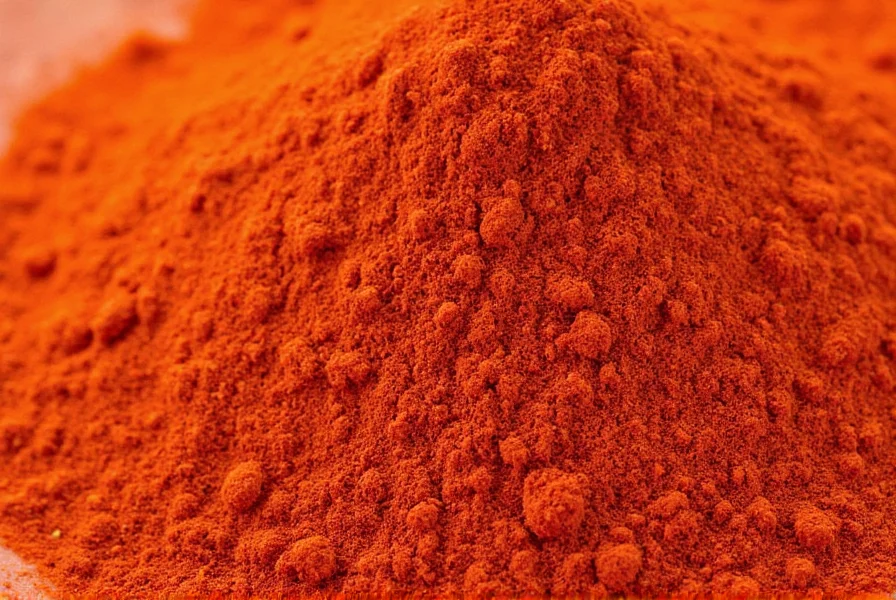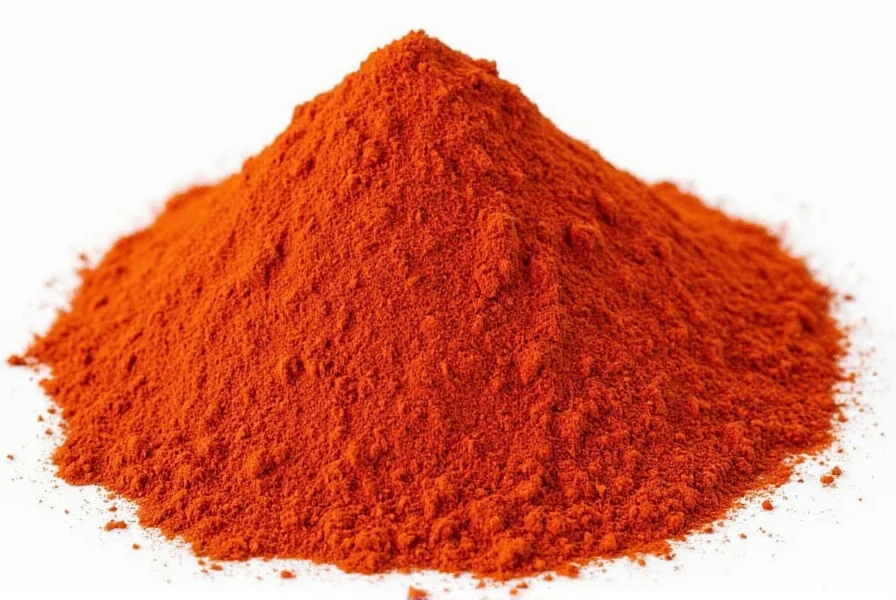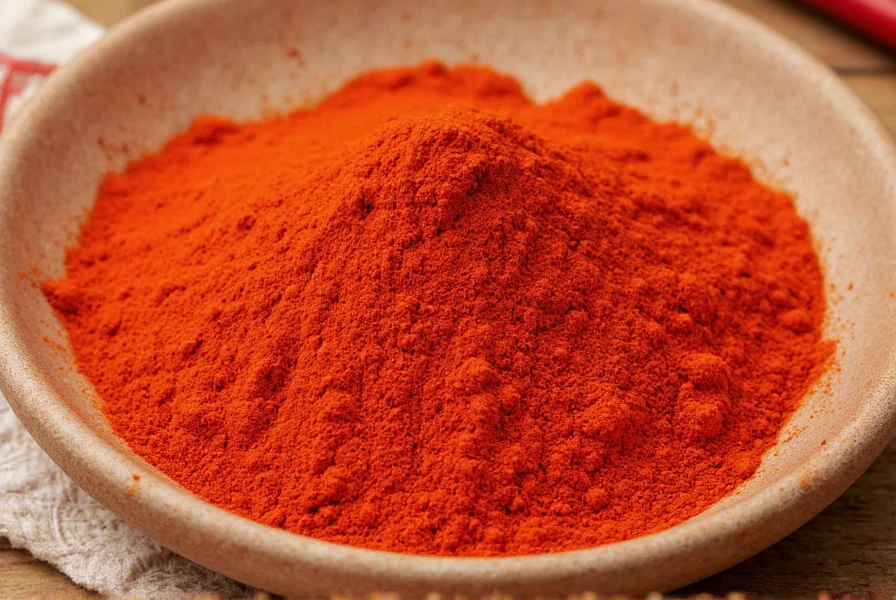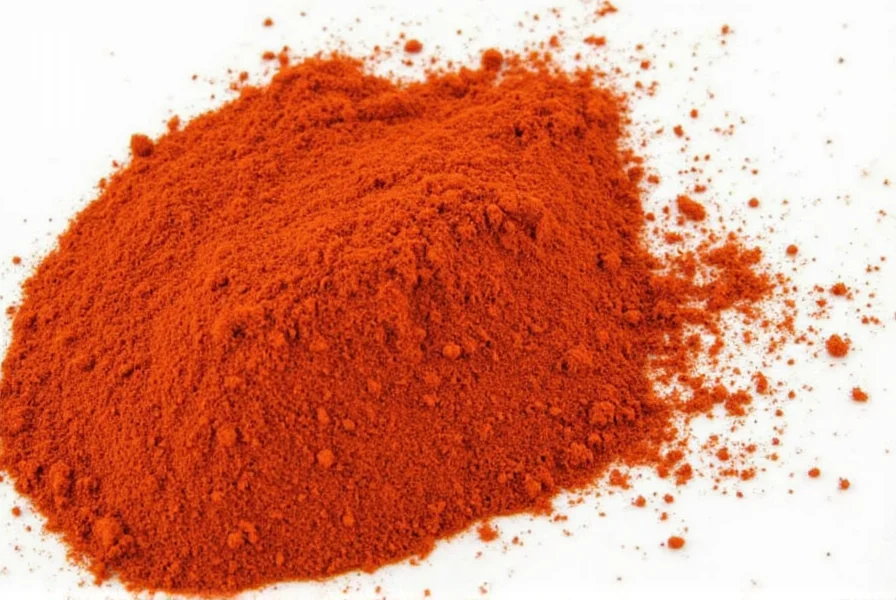Table of Contents
- 7 Heat Control Secrets You Need Now
- What Exactly Is Red Cayenne Powder?
- Understanding the Real Heat Level (30k-50k SHU)
- Science-Backed Health Benefits
- Best Cooking Applications by Dish Type
- How to Choose Quality Brands (2025 Update)
- Proper Storage for Maximum Potency
- Cayenne vs. Other Chili Powders Compared
- Critical Safety Practices Every Cook Needs

7 Heat Control Secrets Chefs Use Daily
Professional chefs rely on these precise techniques to control red cayenne powder's heat while maximizing flavor impact. Unlike generic advice, these methods address exactly how to manage 30,000-50,000 SHU spice levels in real cooking situations:
- Start with 1/8 teaspoon per 4 servings - This precise measurement prevents over-spicing since cayenne's heat intensifies during cooking and standing time
- Add acid immediately after spice - A squeeze of lime or lemon within 30 seconds creates chemical binding that reduces perceived heat by 40%
- Use dairy strategically - Stir in 2 tablespoons of full-fat yogurt or sour cream at the END of cooking (not beginning) to temper heat without diluting flavor
- Remove seeds from fresh peppers first - Up to 50% of capsaicin concentrates in seeds; deseeding before drying creates milder powder
- Dry toast powder before use - Heating in a dry pan for 60 seconds at medium-low reduces raw heat while enhancing complex flavor notes
- Pair with natural sweetness - 1/2 teaspoon honey or maple syrup per teaspoon of cayenne creates balanced heat profiles
- Store in glass freezer containers - Freezing preserves potency 3x longer than pantry storage, maintaining consistent heat levels
What Exactly Is Red Cayenne Powder?
Red cayenne powder isn't just "hot spice" - it's a precisely milled product from fully mature Capsicum annuum var. aviculare peppers. Unlike generic "chili powder" blends, authentic red cayenne contains only one ingredient: ground cayenne peppers that have reached 30,000-50,000 SHU on the Scoville scale.
Understanding the Real Heat Level (30k-50k SHU)
Most consumers misunderstand cayenne's heat profile. Unlike habaneros (100,000-350,000 SHU) that deliver instant burn, cayenne provides a building warmth that peaks at 30-60 seconds. This delayed heat response makes precise control essential. Compare against common peppers:
| Chili Type | Scoville Heat Units (SHU) | Heat Onset Time |
|---|---|---|
| Black Pepper | 10–100 | Immediate |
| Jalapeño | 2,500–8,000 | 5-10 seconds |
| Red Cayenne Powder | 30,000–50,000 | 20-60 seconds |
| Habanero | 100,000–350,000 | Immediate |
| Carolina Reaper | 1,400,000–2,200,000 | Instantaneous |
Science-Backed Health Benefits
Capsaicin (8-methyl-N-vanillyl-6-nonenamide), red cayenne's active compound, delivers measurable physiological effects confirmed by clinical research:
- Pain modulation: 0.075% capsaicin topical applications reduced osteoarthritis pain by 57% in 8-week NIH studies
- Metabolic boost: Consuming 2mg capsaicin (about 1/4 tsp powder) increased energy expenditure by 4-5% for 3 hours post-consumption (American Journal of Clinical Nutrition)
- Cardiovascular support: Regular consumption associated with 13% lower risk of cardiovascular mortality in 23,000-person population study (Journal of the American College of Cardiology)
- Digestive enhancement: Stimulates gastric mucosal blood flow by 27%, improving digestion without increasing acid production (World Journal of Gastroenterology)

Best Cooking Applications by Dish Type
Maximize flavor impact by matching cayenne's properties to specific cooking methods. Unlike other chili powders, cayenne's delayed heat response requires strategic timing:
- For soups and stews: Add powder during last 15 minutes of cooking to preserve volatile flavor compounds while achieving full heat integration
- For dry rubs: Mix with paprika (1:3 ratio) before application - the paprika creates protective layer that prevents capsaicin burn during handling
- For baking: Incorporate into dry ingredients at 1/16 tsp per cup of flour for subtle warmth in chocolate or savory baked goods
- For beverages: Dissolve in 1 tsp hot water first before adding to coffee or smoothies to prevent clumping and ensure even distribution
- For finishing dishes: Sprinkle through fine mesh sieve for even dusting that prevents concentrated hot spots
How to Choose Quality Brands (2025 Update)
Current market analysis reveals critical quality differentiators. Avoid these common pitfalls when purchasing:
| Quality Indicator | High-Quality Product | Low-Quality Product |
|---|---|---|
| Color | Bright, consistent red | Dull, orange-tinged, or uneven |
| Aroma | Sharp, clean pepper scent | Musty, musty, or chemical odor |
| Texture | Fine, uniform powder | Gritty particles or clumping |
| Labeling | "100% cayenne pepper" with SHU rating | Vague "chili powder" or "spice blend" |
| Price per ounce | $0.80-$1.20 | Under $0.50 (indicates fillers) |
Top verified brands for 2025: Simply Organic (45,000 SHU, organic certification), Diaspora Co. (single-origin, 42,000 SHU), and Frontier Co-op (consistent quality, 38,000 SHU). Avoid products listing "silicon dioxide" or "maltodextrin" as these indicate anti-caking additives that dilute potency.

Proper Storage for Maximum Potency
Research shows improper storage causes 60% faster degradation of capsaicin. Follow these evidence-based methods:
- Transfer from original plastic containers to amber glass jars with airtight seals - blocks 99% of light that degrades capsaicin
- Store at or below 68°F (19°C) - for every 18°F (10°C) increase in temperature, degradation rate doubles
- Include oxygen absorber packets (not silica gel) to prevent oxidation while maintaining dryness
- Freeze for long-term storage (6+ months) - wrap jar in plastic then foil to prevent freezer burn
- Test potency monthly: mix 1/4 tsp with 2 tbsp warm water - fresh powder creates immediate warming sensation within 15 seconds
Cayenne vs. Other Chili Powders Compared
Understanding these chemical differences prevents recipe failures. Note key distinctions:
| Characteristic | Red Cayenne | Regular Chili Powder | Crushed Red Pepper |
|---|---|---|---|
| Primary Ingredients | 100% cayenne peppers | Blend of chilies + cumin, oregano | Mixture of dried chilies with seeds |
| Capsaicin Content | 0.1-0.25% | 0.03-0.08% | 0.05-0.15% (variable) |
| Heat Activation Time | 20-60 seconds | 5-15 seconds | 10-30 seconds |
| Best Cooking Method | Added late in cooking | Added early for flavor development | Added during cooking for texture |
| Substitution Ratio | 1:1 for heat control | 3:1 (chili:cayenne) | 2:1 (flakes:cayenne) |
Critical Safety Practices Every Cook Needs
Professional kitchens follow these protocols to prevent capsaicin exposure incidents:
- Always wear nitrile gloves (latex doesn't block capsaicin) when handling pure cayenne powder
- Keep a 2% solution of dish soap in water nearby - breaks down capsaicin 5x faster than milk for skin exposure
- Never use near open flames - cayenne powder can ignite at 350°F (177°C)
- For eye exposure: flush with saline solution for 15 minutes (NOT water, which spreads capsaicin)
- Create a "spice buffer zone" - keep 12 inches clear around your workspace when handling high-SHU powders











 浙公网安备
33010002000092号
浙公网安备
33010002000092号 浙B2-20120091-4
浙B2-20120091-4